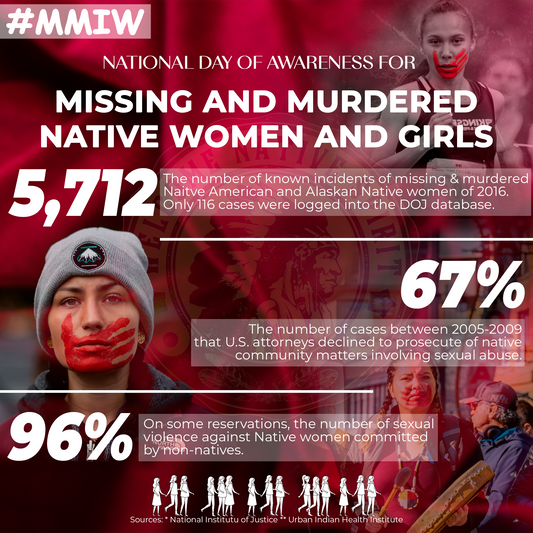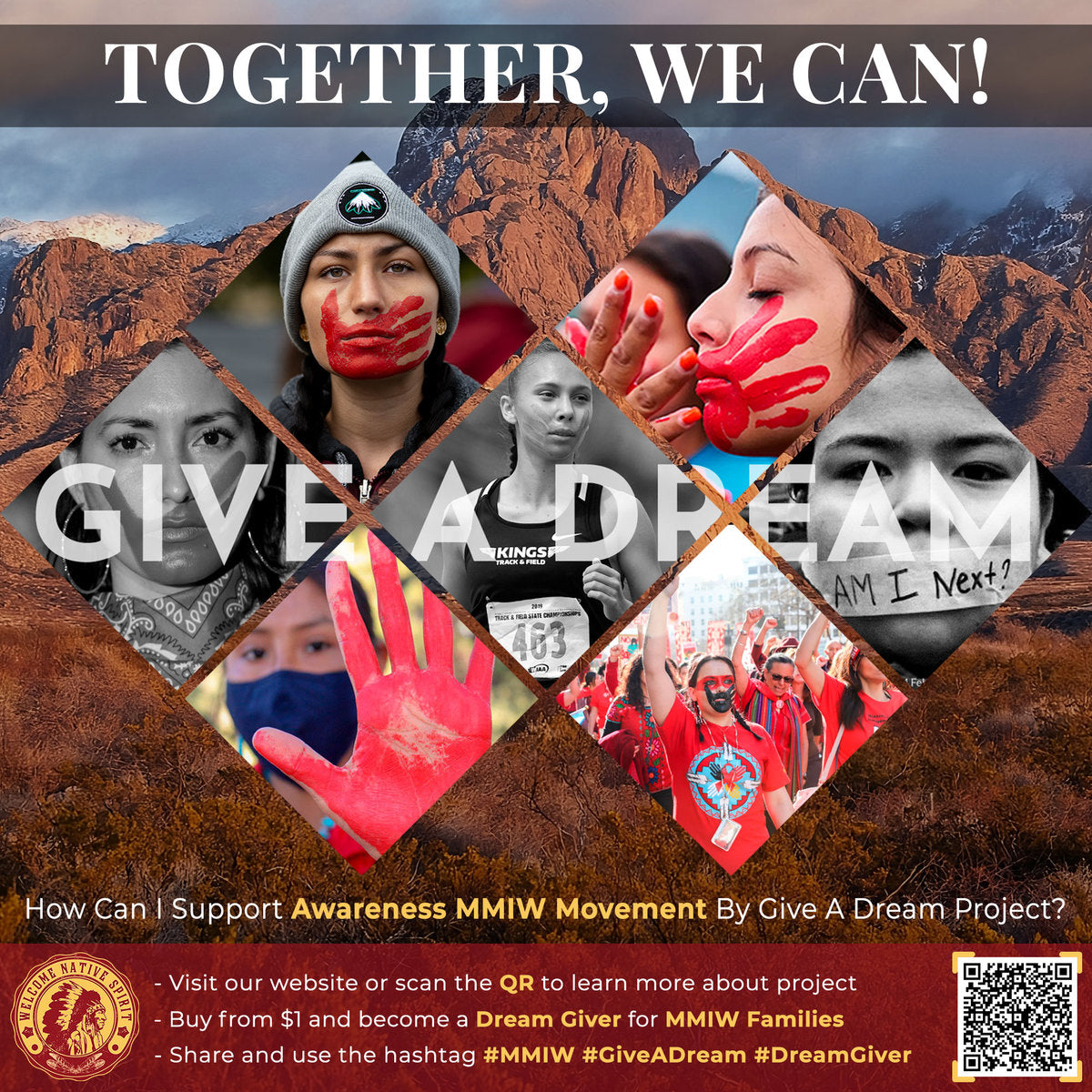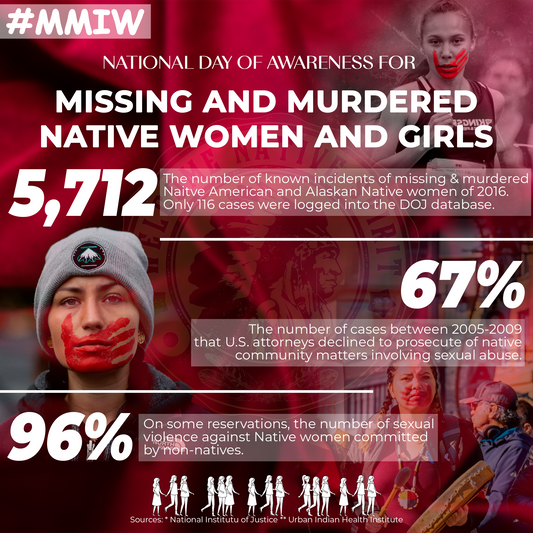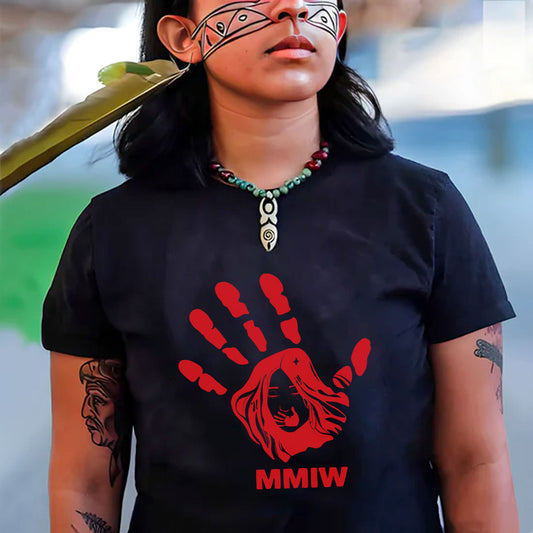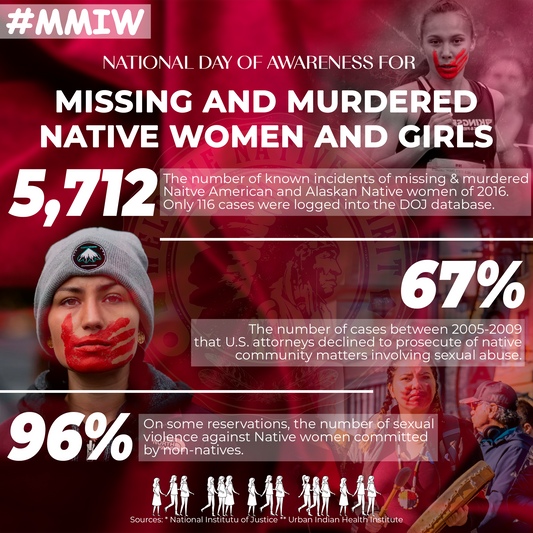Since time immemorial, Native Americans have lived on this continent, from the northern reaches of Alaska to the Gulf Coast of Florida. There are more than nine million Native Americans living in what is now the United States, representing hundreds of tribal nations with incredibly diverse languages, cultures and traditions. Here are just a few fascinating facts about the tribes and histories of Native Americans.
1. Native Americans spoke more than 300 languages.
North America was home to a huge number of spoken languages prior to colonization: more than 300, with as many as 500 spoken across the continent.
However, many of these languages have disappeared as a result of assimilation policies by the government. In 1868, President Ulysses S. Grant declared, “In the difference of language today lies two-thirds of our trouble… their barbarous dialect should be blotted out and the English language substituted.”
Beginning in the 1800s, Native Americans were displaced from their communities and moved onto reserves, and children were taken to Indian boarding schools and educated in English. It wasn’t until 1972, when Congress passed the Indian Education Act, that Native American tribes were permitted to teach their own languages.
According to the U.S. Census Bureau, as of 2013 there were 169 Native languages spoken in the United States. Many of them have very small numbers of speakers. In 1990, Congress passed the Native American Language Act, which provides support for Native American language preservation and revitalization. This support is critical: all but two Native American languages are in danger of disappearing altogether by 2050.
2. The first newspaper in a Native American language began publishing in 1828.

Prior to colonization, Native American languages were orally transmitted. After the arrival of Europeans, several tribes began to adopt writing systems. Sequoyah, a member of the Cherokee Nation, spent 12 years developing a writing system so that his people could learn to read and write in their language, completing his 86-character syllabary in 1821.
“There are many syllabaries—the Japanese hiragana is the most famous one,” says Dr. Ellen Cushman, a member of the Cherokee Nation and professor at Northeastern University. “But Cherokee is the only one that was invented by a Native person, for Native people.”
Because the syllabary was created to represent the specific sounds of the Cherokee language, it was easy for the Cherokee to learn. “Within a span of three to five years, the tribe could read and write,” says Cushman.
On February 21, 1828, the first edition of the Cherokee Phoenix was published in the Cherokee capital of New Echota, Georgia. The first bilingual newspaper in the United States, it was printed in both English and Cherokee.
3. There are 574 federally recognized tribes in the United States.

Of the 574 federally recognized tribes, 229 are found in Alaska. California has the second-highest number of federally recognized tribes, with 109, as well as the largest Native American population of any state.
These federally recognized tribes have government-to-government relationships with the United States, like other sovereign nations. But many tribes do not have federal recognition, which means they are ineligible for government programs and support.
As of 2020, 66 tribes had received state recognition in 13 states. State recognition does not always entitle tribes to state or federal benefits, but it does acknowledge their historical and contemporary existence.
4. Native Americans cultivated many of the world's most important crops.

Native American tribes have had varied diets that have reflected their local food systems. Many Native American tribes practiced agriculture, domesticating the crops that we eat today. In 2016, it was estimated that as much as 60 percent of the global food supply was based on crops that originated in North America.
Corn was created by Indigenous farmers in southern Mexico and Guatemala perhaps 10,000 years ago. By the time European colonists arrived in North America, Native Americans had been growing it for thousands of years. Native Americans also cultivated beans, squash, potatoes and tomatoes.
5. The Haudenosaunee Confederacy is one of the oldest living democracies in the world.
Also called the Iroquois Confederacy by the French, the Haudenosaunee Confederacy was formed by five tribal nations: Mohawk, Oneida, Onondaga, Cayuga and Seneca. Some researchers believe it was founded in 1142, while the Confederacy itself says it has existed since time immemorial. Regardless, it is considered one of the oldest participatory democracies on earth.
The nations are united by the Great Law of Peace (Kaianere'ko:wa), which serves as their political constitution. A sixth nation, the Tuscarora, joined the Confederacy in the 18th century.
“Many tribes were democratic, but the Haudenosaunee Confederacy brought people together across a large geographic expanse. That’s part of what makes them unique,” says Dr. Donald A. Grinde Jr., the author of Exemplar of Liberty and a professor with Yamasee heritage at University at Buffalo.
Grinde’s research has focused on the influence of the Haudenosaunee Confederacy on the United States Constitution. “There were three major contributions,” says Grinde. “First, that sovereignty resides in the people. The second is the separation of powers, the distinct branches of government. And the third is the constitution itself, with articles that can be cited, similar to how the Haudenosaunee recited their Great Law of Peace each year.” Unlike the United States Constitution, women played an active role in Haudenosaunee democracy.
6. Native Americans were forcibly displaced by the Indian Relocation Act in 1830.

Prior to colonization, Native Americans lived all across the land that is now known as the United States. But in 1830, President Andrew Jackson signed the Indian Removal Act. The act was spurred by the desire of white settlers to grow cotton in the South on the valuable lands of the Choctaw, Cherokee, Creek and other tribes.
The act was used to force Native Americans out of Alabama, Florida, Georgia, North Carolina and Tennessee, and to send them to “Indian territory” located in what is now Oklahoma. Thousands died during these forced migrations.
7. Native Americans were granted American citizenship in 1924.
The Indian Citizenship Act was signed into law by President Calvin Coolidge on June 2, 1924. Some Native Americans were already considered U.S. citizens, because the 1887 Dawes Act, which granted citizenship to those who accepted land grants.
However, even though they had been given full citizenship, many Native Americans were still denied the right to vote. Voting rights were up to states, and many continued to deny them to Native Americans for decades.
States also used discriminatory practices to limit access to the polls. For instance, many used literacy tests, which prevented Native Americans (and others) who could not read and write English from voting. These practices continued until the passage of the Voting Rights Act in 1965.
8. The Navajo Nation has the largest tribal land in the United States.
The Navajo Nation is almost 25,000 square miles—an area about the size of West Virginia, and more than twice as large as Maryland. The nation extends into Arizona, New Mexico and Utah.
In 2021, the Navajo Nation also surpassed the Cherokee Nation to become the largest tribe by population too, with nearly 400,000 registered members. And as you might expect, Navajo has the most speakers of any Native American language.
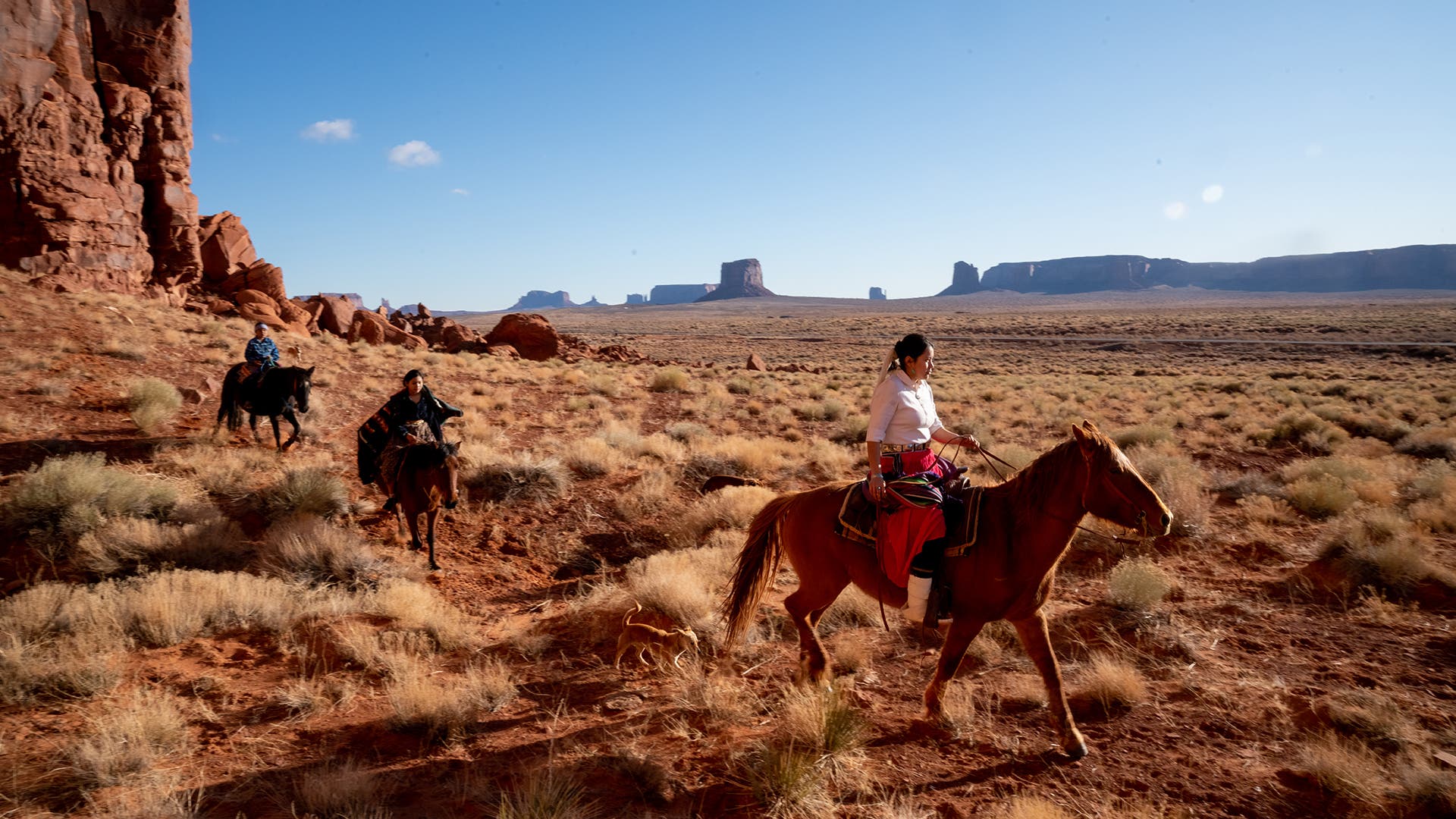
9. Not all Native Americans tribes have their own land.
There are around 326 tribal land areas in the United States, compared to 574 federally-recognized tribes. Of the tribes that do have land, it is on average only about 2.6 percent as large as the territory they occupied before colonization. Many of the tribes who were forcibly relocated by the U.S. government were left without any land of their own.
It’s commonly cited that only 22 percent of Native Americans live on tribal lands, a statistic that comes from the 2010 Census. However, a 2014 study by the U.S. Department of Housing and Urban Development found that 68 percent of Native Americans and Alaskan Natives live on or near their homelands.
BY: MICHELLE CYCA
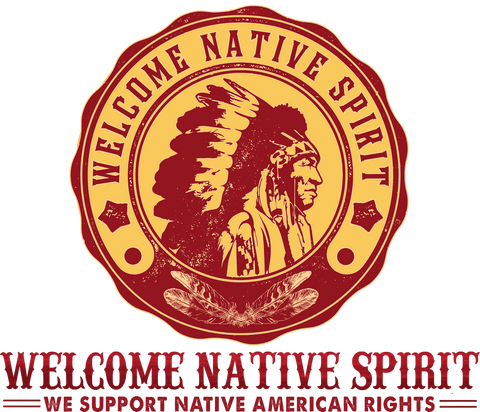

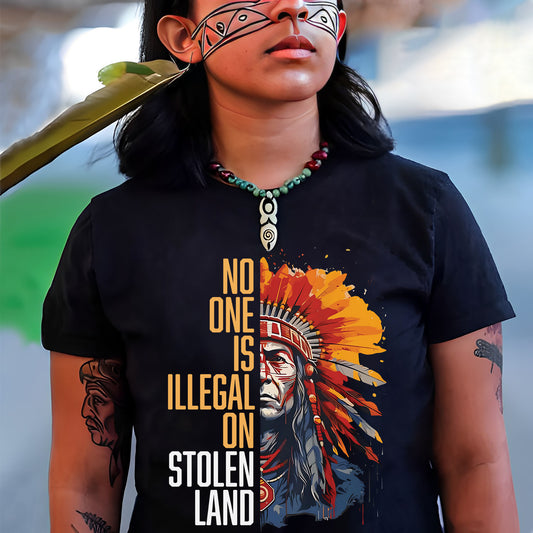
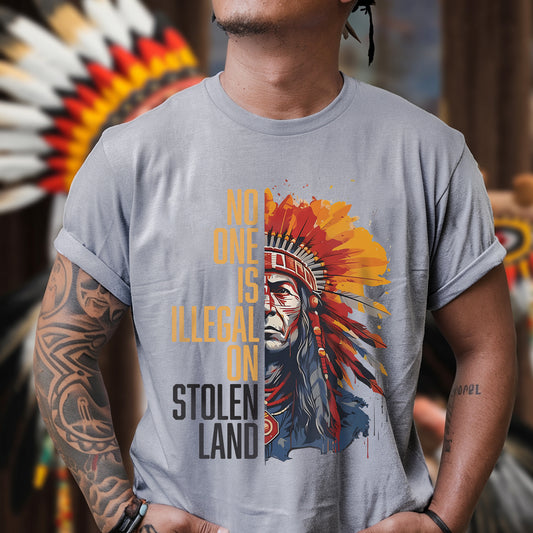
![[Two Sides] Trail of Tears The Deadly Journey Unisex T-shirt/T-shirt V-Neck/Hoodie/Sweatshirt](http://welcomenativespirit.com/cdn/shop/files/20_2bae9cf5-c07c-4ea5-a8ea-de74aa71325d_533x.jpg?v=1757466962)
![[Two Sides] Trail of Tears The Deadly Journey Unisex T-shirt/T-shirt V-Neck/Hoodie/Sweatshirt](http://welcomenativespirit.com/cdn/shop/files/gray_-2side_b51af6c7-cea9-4004-90db-cb8d883be04a_533x.png?v=1759742586)

